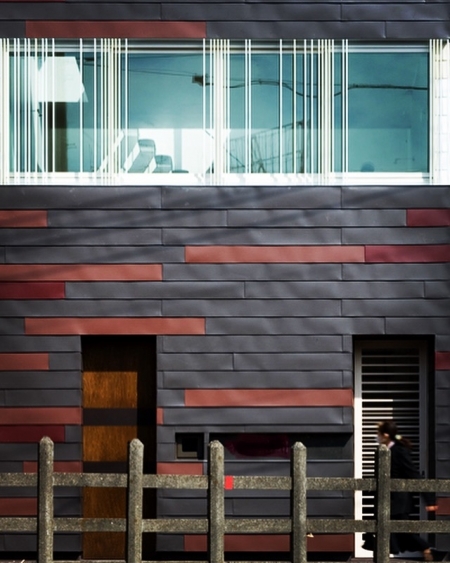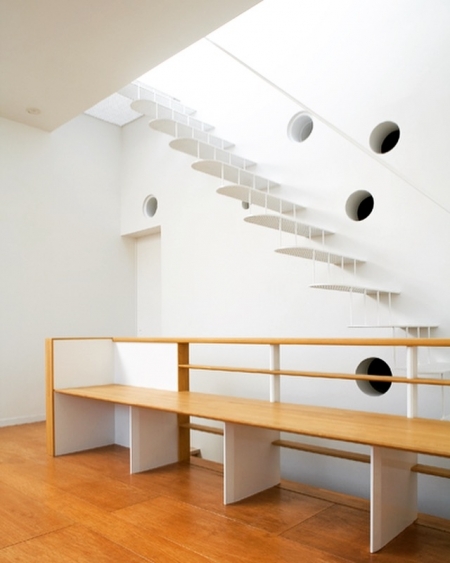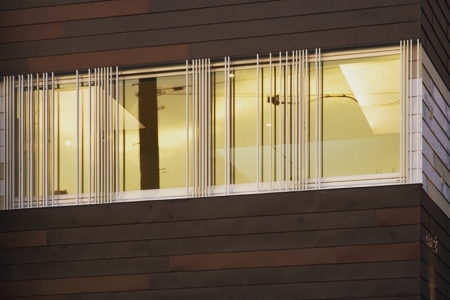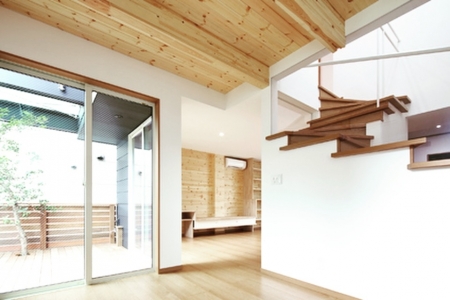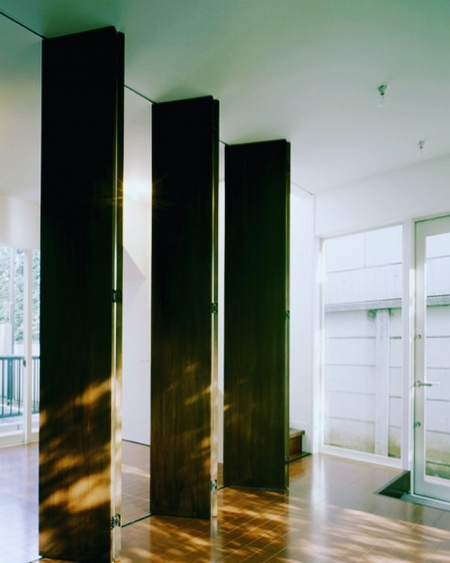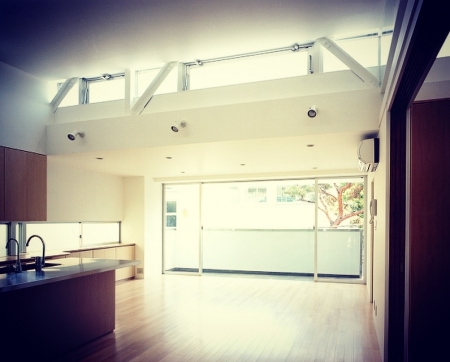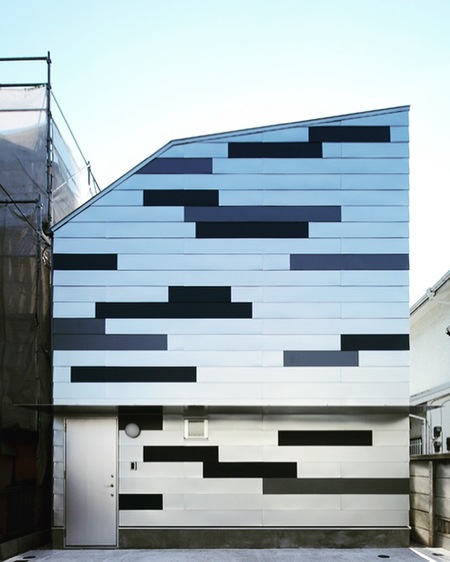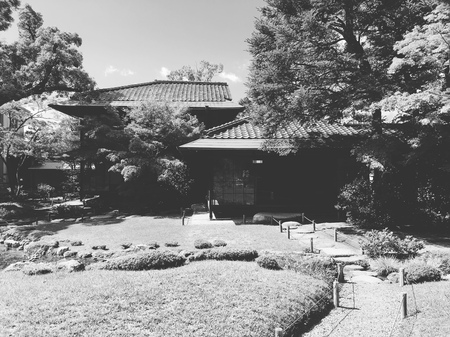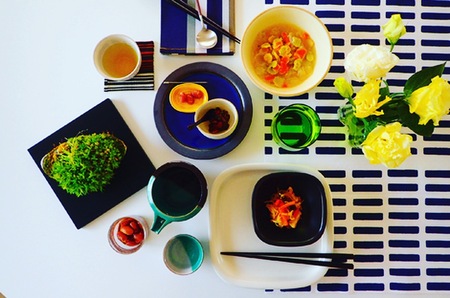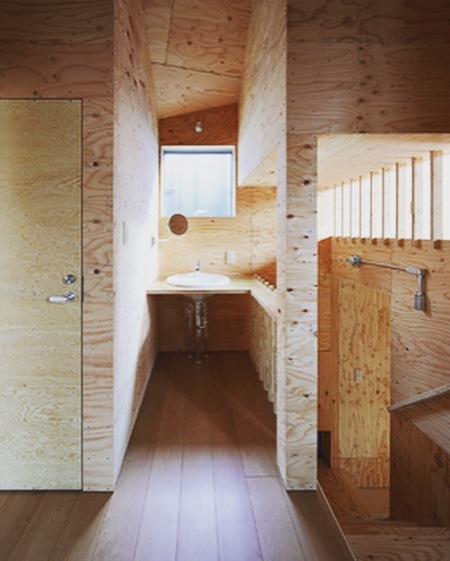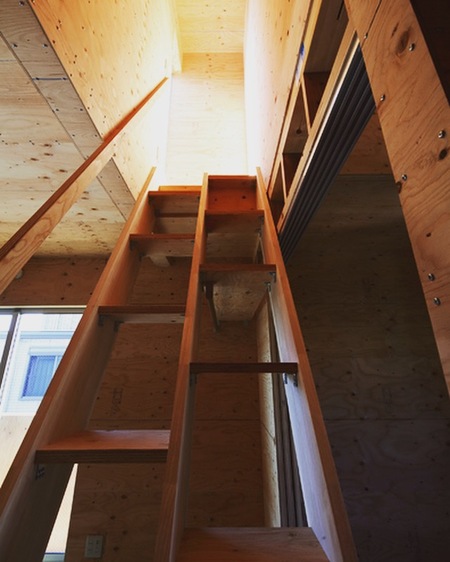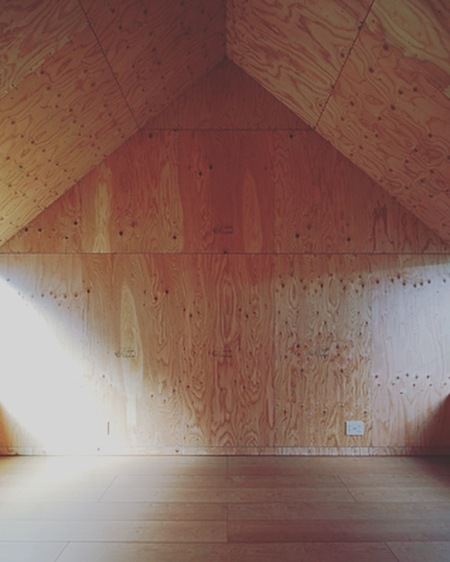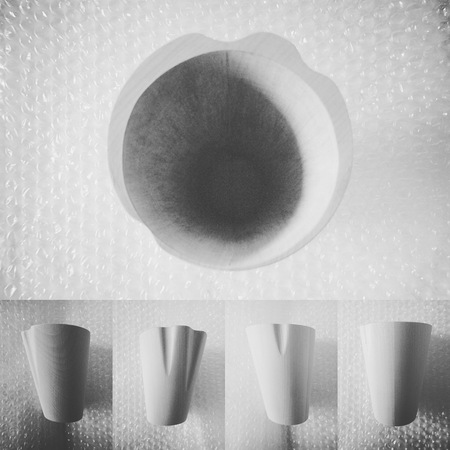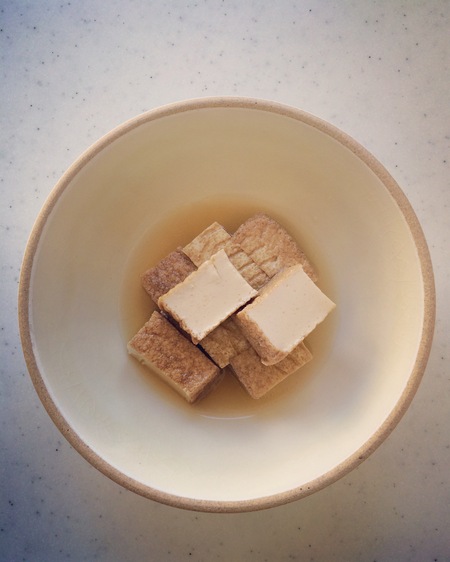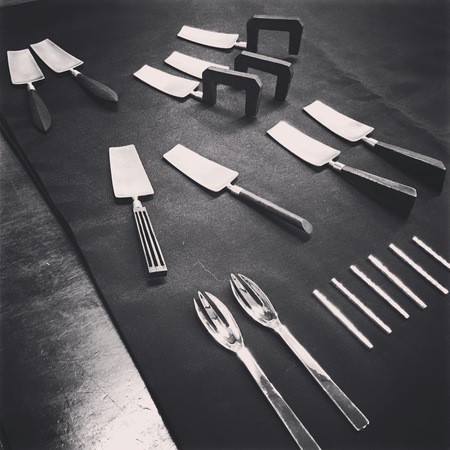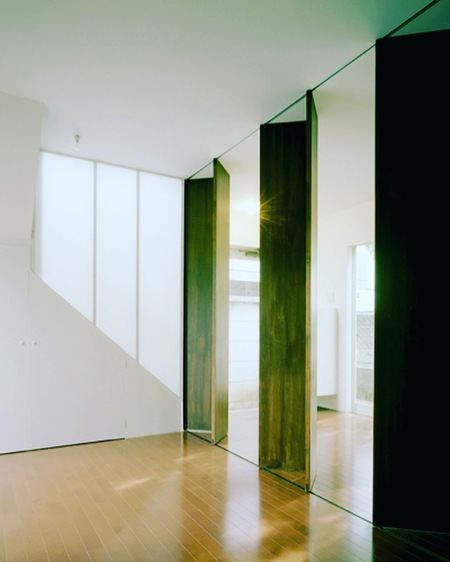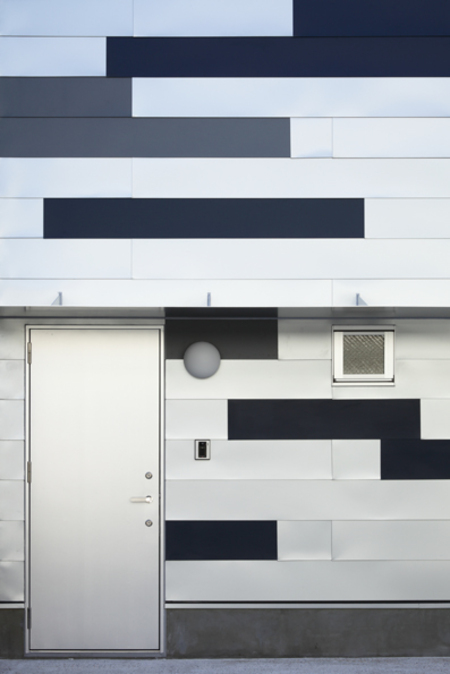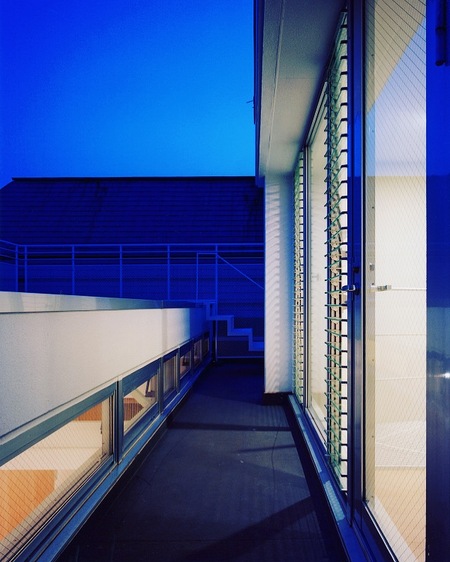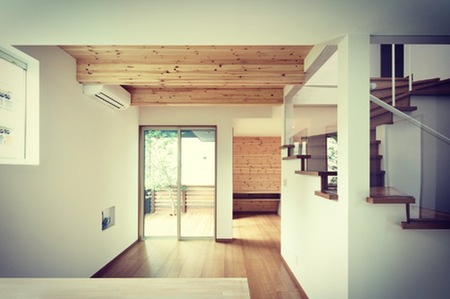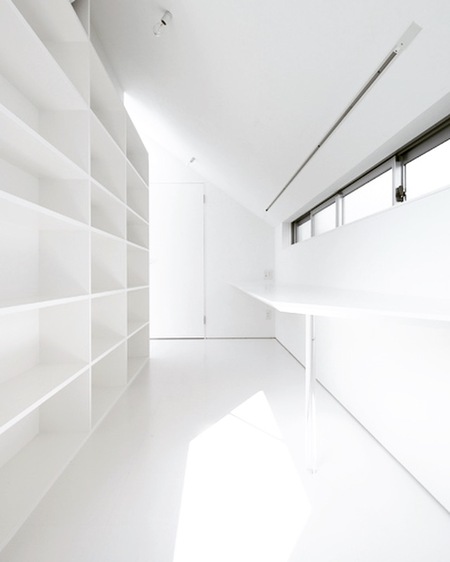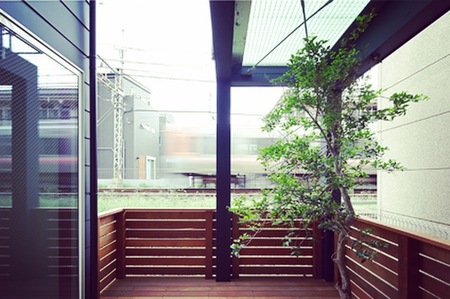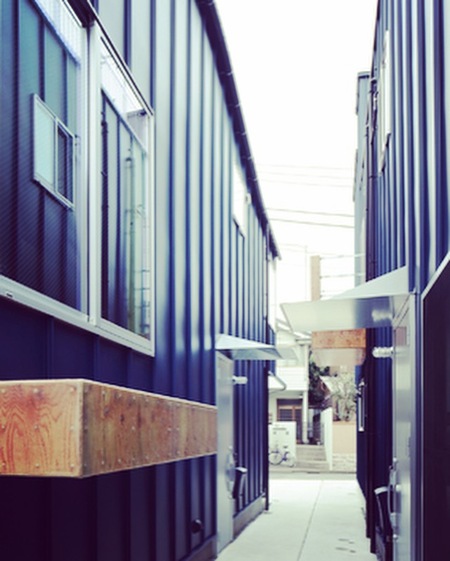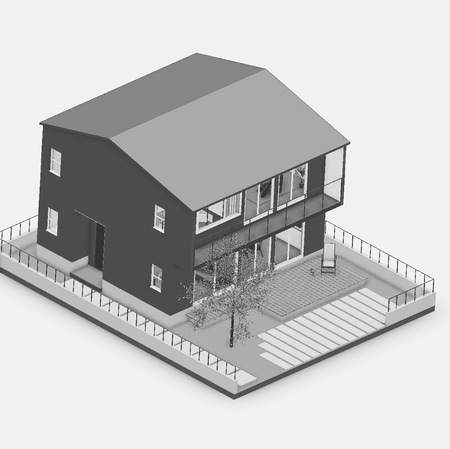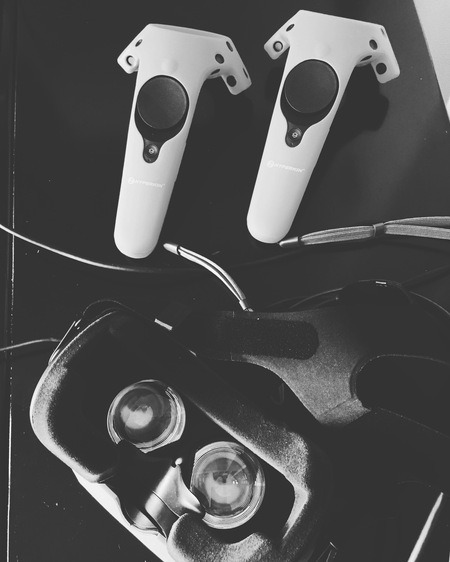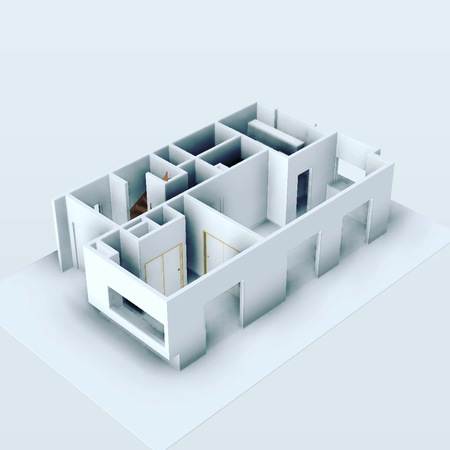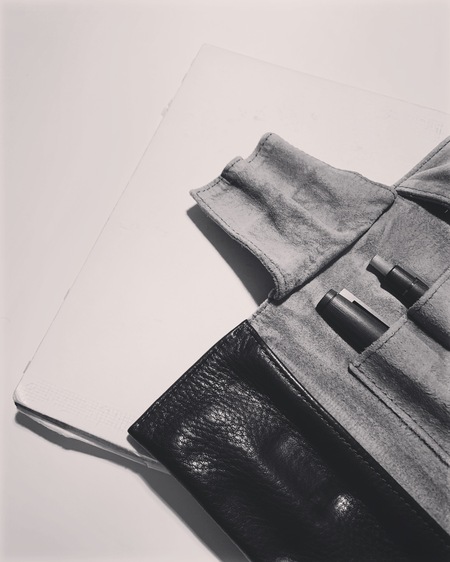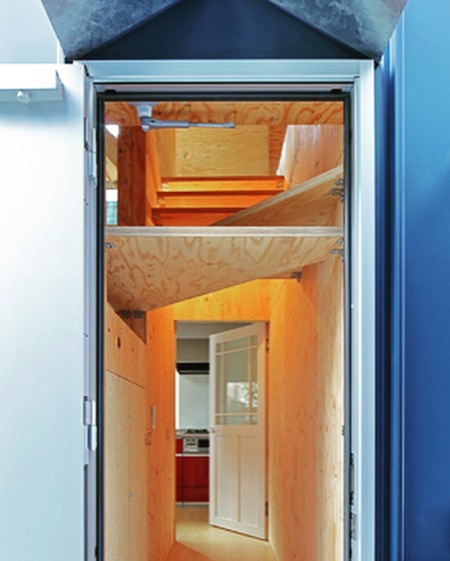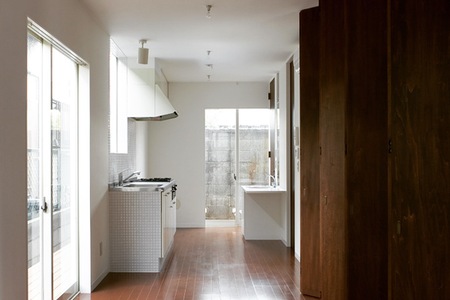パーソナルスペースが外に向き出しになる様を見たことがあるだろうか。私物が外から丸見え、でも、それこそが生活臭で、生活そのもので、人の顔が皆違うように多様性があり、それが外に向き出しになれば、それだけで、まさに多様性を兼ね備えた建築になり、そのような建築が集まれば、多様性がある都市が生まれる。
多様性があることが良いことが前提だが、単一性が強い建築、代表例は住宅、その住宅が集まった場所が住宅街、単一性の都市の代表例だが、多様性の都市の代表例は繁華街、イメージは新宿の歌舞伎町、どちらが都市として魅力的か、都市に何を求めるかにもよるが、歌舞伎町の方が防犯上、問題があるような気がするが、歌舞伎町の方が都市として見る分には、いろいろな出来事が発生し、いろいろな人間模様が繰り広げられ、複雑に様々なことが入り組んで、面白いと思う。
確かに、歌舞伎町には防犯上問題あるかもしれないが、住宅街とて、ひと昔前は、今でもか、世田谷の住宅街は空き巣被害が酷かった地域で、防犯上の問題はどこでも、種類は違うかもしれないが付いて回る。
だから、多様性のある都市の方が面白いから、多様性を求めてしまう、都市も建築も。
プライバシーを意識するし、見られたく無いという意識も当然あるから、生活そのものが外から見られるのには抵抗があるのはよくわかるし、実際に、ガラス張りの建築を作ったとしても、カーテンやブラインドを設置し、外から見られないように、実際に住む時はしてしまい、ガラス張りの意味が住みはじめた途端になくなる、よく建築家がやりそうなこと。
レトリックとして、外から見た時に、生活が丸見えのように見えれば良く、ただ、全くのフィクションでは、テーマパーク、ディズニーランドと一緒で、それは建築としてつまらないので、やりたくない。
レトリックを使えば、ガラス張りのカーテンのようなな、実際の生活になったら、なんてならないで済むだろう、ガラス張りでも気にしないでいる住人もいるとは聞いたことがあるが、住人のポテンシャルに頼る建築では無くて、建築自体が持つ建築性で多様性を兼ね備えた建築を実現したい。
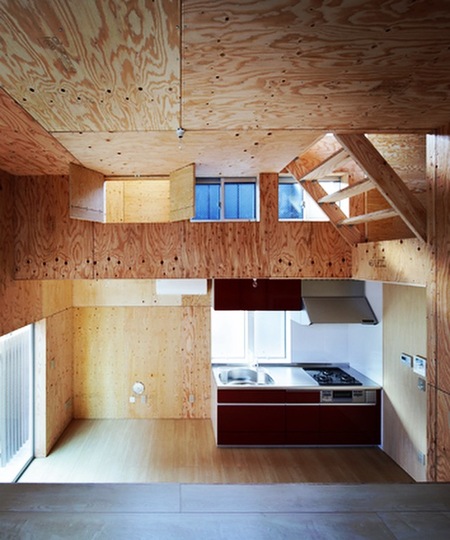
"From diverse architecture to city"
Have you ever seen your personal space turn out? Private goods can be seen from the outside, but that is the smell of life, life itself, there is diversity as people's faces are all different, and when it comes out, it just combines diversity. Architecture, and gathering such buildings will create a diverse city.
It is premised that there is good diversity, but it has a strong unity architecture, a typical example is a house, a residential area where the houses are gathered, a representative of a unitary city, but a representative of a diverse city An example is downtown, the image is Kabukicho in Shinjuku, which is attractive as a city, depending on what you seek in the city, but Kabukicho feels like there is a problem in crime prevention, but Kabukicho As the city sees as a city, various events occur, various human patterns are unfolded, and various things are complicated and I think it is interesting.
Certainly Kabukicho may have a problem with crime prevention, but as a residential area, a long time ago, or still, residential areas in Setagaya are areas where severe damage was caused by vulture, problems with crime everywhere, types It may be different, but it turns around.
So, because cities with diversity are more interesting, they seek diversity, both cities and buildings.
It is natural to be conscious of privacy and not wanting to be seen, so it is clear that there is resistance against seeing life itself from the outside, and even if you actually create a glass-covered architecture, you They set up blinds and do not actually see them from the outside, they actually do when they actually live, and the meaning of the glazing disappears as soon as they begin to live, something that architects are likely to do.
As a rhetoric, it would be nice if life looked as if it were seen from the outside, but in a whole fiction, with theme park, Disneyland, it is boring as it is architecture, so I don't want to do it.
If you use rhetoric, like a glass curtain, you won't get it in real life, I've heard that some residents don't care even if they are glazed, but the potential of the residents Rather than relying on architecture, I would like to realize a diverse and diverse architecture that the architecture itself has.

